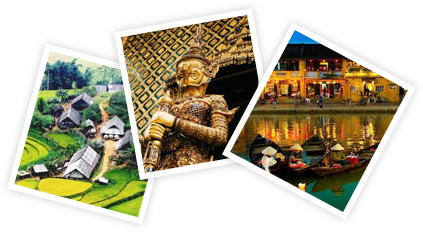The ancient tile roofs of these wooden bridges have added great aesthetic and historical value to Hue, Hoi An and rural corners of northern Vietnam.
The Chua Cau (Temple Bridge) or Japanese Bridge was built in Hoi An by Japanese traders in the 17th century and is an icon of Hoi An that appears on the VND20,000 (around one US dollar) note. The bridge spans some 18 meters across a canal that runs
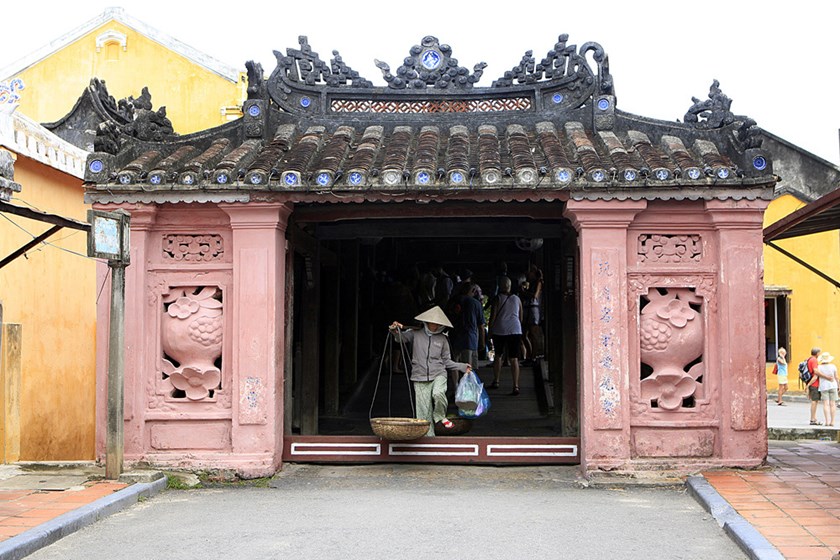
The bridge features wooden dog and monkey statues at its two entrances. Researchers suggest that construction started in the year of monkey and finished in the year of dog (according to the Chinese Zodiac system). Its Vietnamese name (Temple Bridge) came after a small shrine was added at one end in 1653 to worship Bac De Tran Vo, an Eastern water god.
A bridge that runs across a lotus pond in Binh Vong Village of Thuong Tin District, Hanoi.
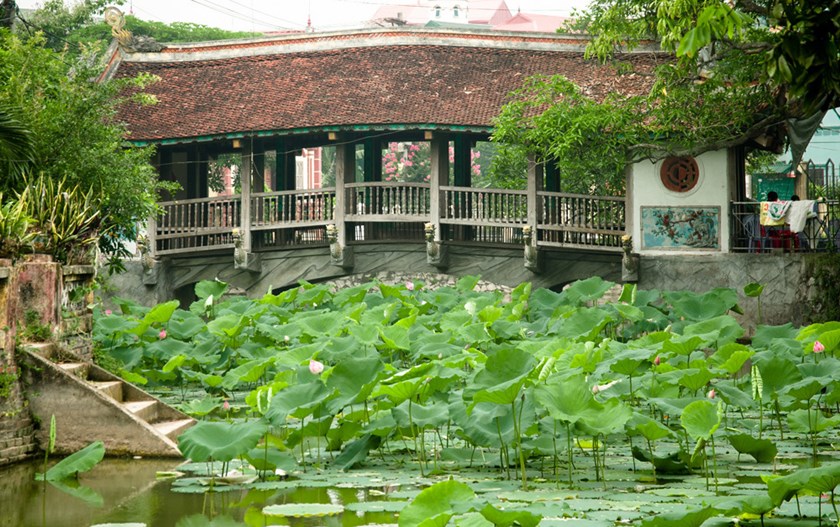
Visitors can rest on the platform on both sides of the bridge.
This bridge in Hai Anh Commune, Hai Hau District of Nam Dinh Province near Hanoi was built in the 16
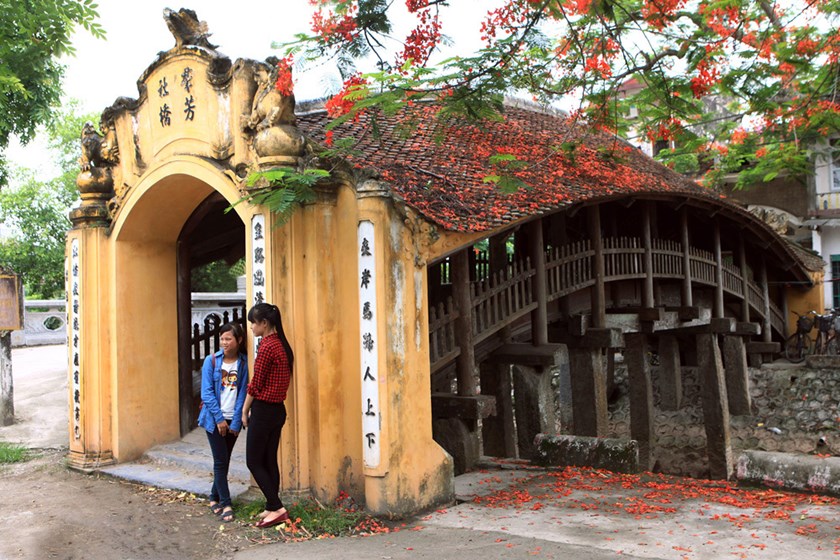
The bridge is supported by 18 stone pillars.
Nhat Tien, one of the two bridges that link Thay Pagoda in Hanoi. The bridges were built in 1602 by Phung Khac Khoan in the later years of his rule as a mandarin for the Le Dynasty. Khoan (1528-1613) was a noted military strategist, politician, diplomat
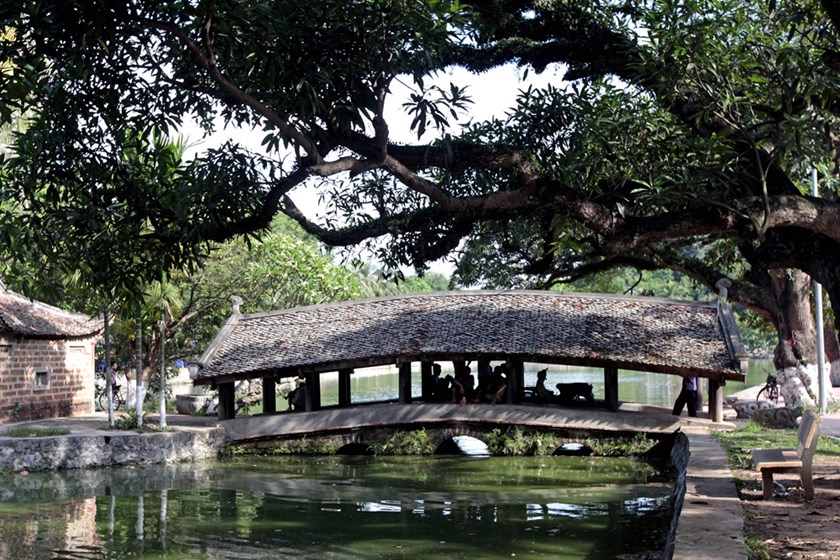
The other bridge at Nguyet Tien.
Phat Diem bridge serves as a major tourist attraction in Ninh Binh Province, south of Hanoi. The province is also known for the 19th century Phat Diem rock church complex that is considered one of the most beautiful Catholic churches in Vietnam
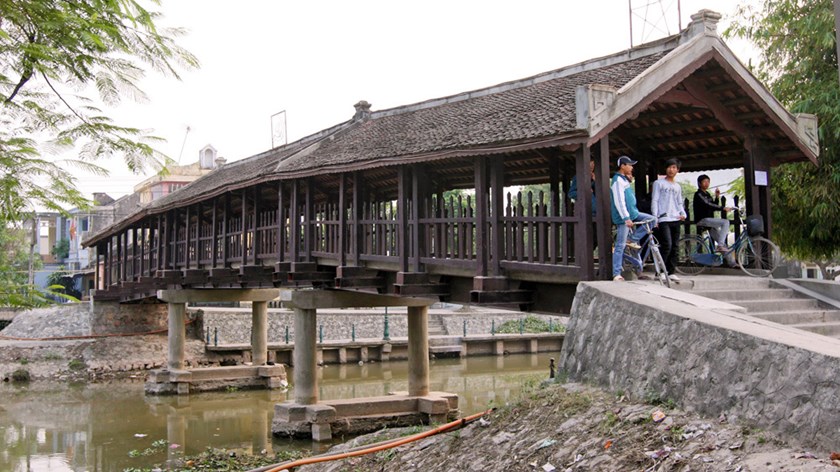
The bridge is 36 meters long, three meters wide, and is named after Phat Diem, a town in the province’s
Thanh Toan bridge, which is 17 meters long and four meters wide, is located in Thuy Thanh commune, Huong Thuy Town, some eight kilometers from Hue.
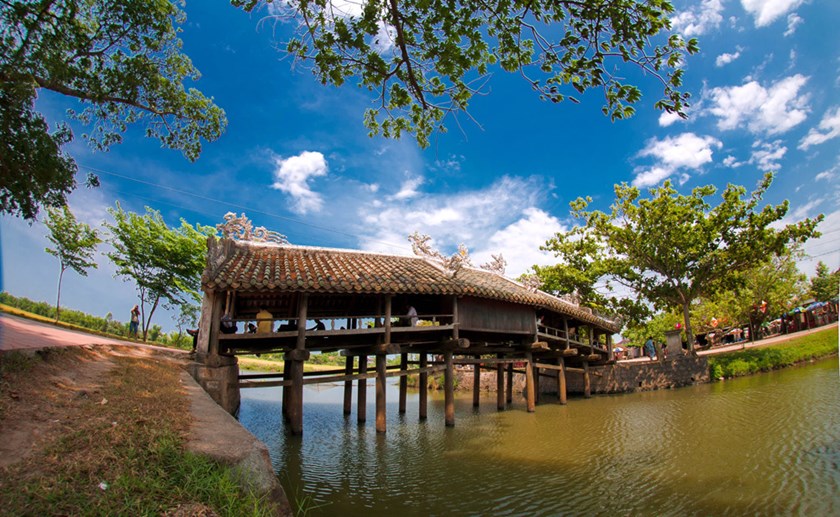
An shrine in the middle of Thanh Toan bridge honors Tran Thi Dao who funded its construction in the 18
Source: thanhniennew.com







